A Closer Look at Mars

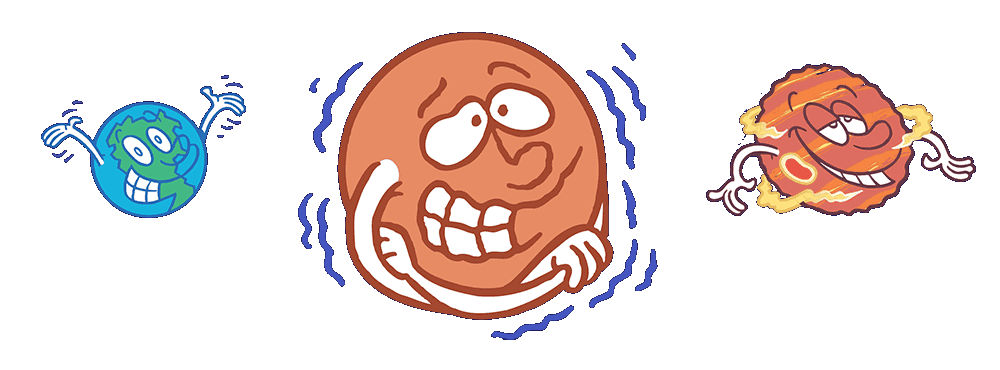
If you look up at the sky on a clear night, you may see a red dot among the stars. This dot is Mars, named in ancient times after the Roman god of war. Although no one has ever visited this red planet, we know a lot about it.
Mars is more like Earth than any other planet in our solar system . Mars has a 24.6-hour day, an atmosphere, a rocky crust, canyons, volcanoes , polar ice caps and seasons. But Earth and the “4th rock from the Sun ” are hardly twins.
Mars is half as big as Earth and has less gravity . It has very little atmosphere. The surface of Mars has no lakes or oceans, plants or animals. No place on Earth gets as cold as Mars. The lack of life on the surface of Mars isn't surprising, considering the bone-dry environment.
How do we know so much about Mars?
Telescopes, spacecraft, and remote-control robots give us a closer look.
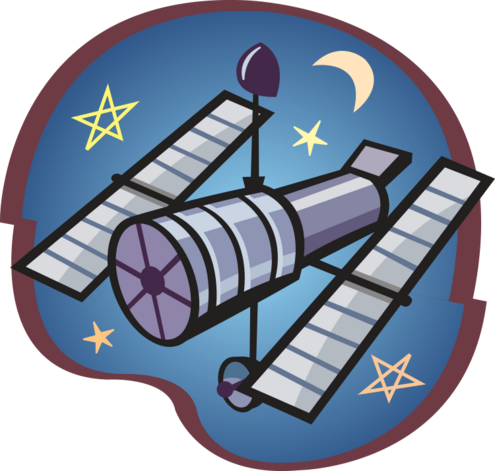
Telescopes
Telescopes are
light
buckets. They gather faint light from distant objects in the sky to help us see more detail. More than a century ago, astronomers used
telescopes
to discover that the length of the day and the tilt of the axis on Mars are almost the same as on Earth. Mars has seasons. It gets colder in the winter and warmer in the summer. And ice caps at both poles grow and shrink during the Martian year. Mars also has two tiny orbiting moons, Phobos and Deimos. Over time, we have built bigger and better telescopes. Today, there are telescopes in space, such as the Hubble Space Telescope, that can take more detailed pictures of Mars.
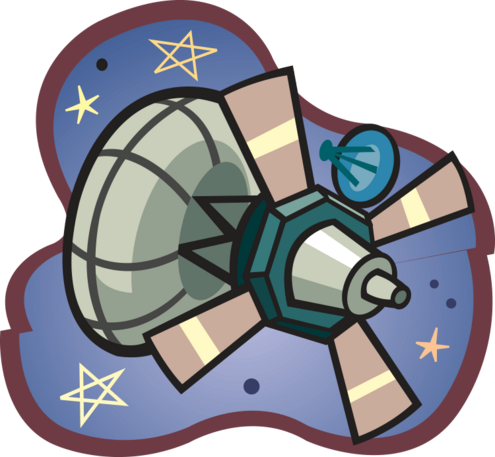
Spacecraft
To get a closer look,
NASA
sent two
Viking spacecrafts
to Mars in 1975. The goals of this mission were to take pictures of the surface, analyze the atmosphere and the surface materials, and search for evidence of life. The data showed giant volcanoes and canyons, dust storms, layers of ice at the poles, dry riverbeds and
meteorite
craters. The study proved that Martian surface contains iron oxide, also known as rust, which gives Mars its color. The mission confirmed that the atmosphere of Mars is much too thin to allow liquid
water
on the surface. But evidence such as dry river beds suggest that Mars had liquid water on its surface long ago. And since there was water at one point, we also know that the atmosphere has changed: it used to be thick enough to allow for water. Since the Viking spacecrafts, NASA and other space agencies have sent many more missions to Mars.
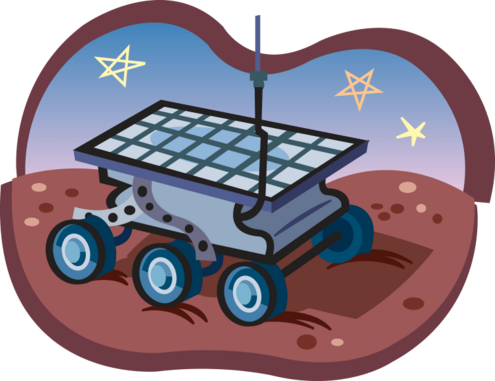
Robots
In 1997, NASA sent the spacecraft
Pathfinder
to Mars, and its lander descended on the planet with a six-wheeled robot named
Sojourner
. Sojourner’s movements were remote-controlled by NASA scientists on Earth, with a delay of about six minutes (because the radio signals had to travel all the way to Mars). It found that some Martian rocks were stacked and leaning as if they had been swept along by an ancient flood. Most importantly, this was the first time a remote-control rover has ever been landed on another planet — and it worked! Since Sojourner, we've sent more high-tech rovers to Mars. Equipped with active weather stations, tools and microscopes to collect and analyze rocks, and newer navigation software, these rovers are spending years as "robotic geologists" on the surface of this red planet.
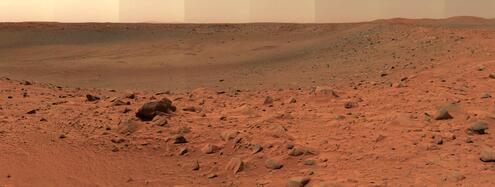
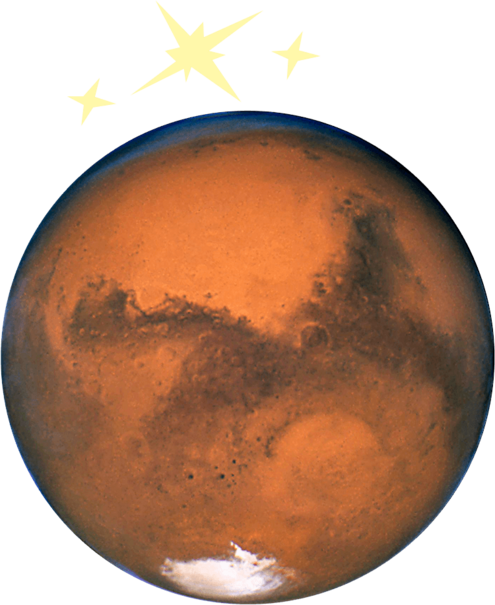
The search for Martian life
As we explore the universe, we naturally ask, “Is there life on other planets?” So far the answer is, “We don’t know, but we’ll keep searching.” All life on Earth needs liquid water to survive. Since spacecraft haven’t found any liquid water on Mars' surface, scientists think that there is no life there. But what about below the surface? Spacecraft have discovered frozen water in Mars’ polar ice caps and in clouds of ice crystals. This means that there might be liquid water below the surface where it’s warmer. NASA plans to continue to explore Mars every two years. In future missions, we’ll explore below the surface and search for liquid water—and life!

What kind of life do you think we’re looking for on Mars?
Check answers






 Biodiversity
Biodiversity
 Brain
Brain
 Genetics
Genetics
 Marine BiOLogy
Marine BiOLogy
 MicrobiOLogy
MicrobiOLogy
 PaleontOLogy
PaleontOLogy
 ZoOLogy
ZoOLogy
 AnthropOLogy
AnthropOLogy
 ArchaeOLogy
ArchaeOLogy
 Astronomy
Astronomy
 Climate Change
Climate Change
 Earth
Earth
 Physics
Physics
 Water
Water
